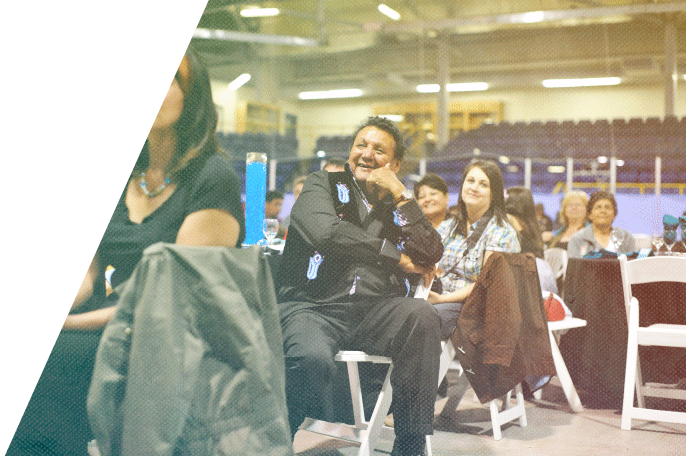Rainy Lake Ojibway Education Authority
In 1985, 10 First Nations communities in the Rainy Lake Tribal area came together to form the Rainy Lake Ojibway Education Authority (RLOEA) to assist local First Nations communities with issues related to education including tuition agreements, curriculum and special services for Indian children in band-controlled and publicly funded schools.
Each of the 10 First Nations communities appointed one member to the organization’s board of directors, a system we still uphold today.
RLOEA expanded to deliver trade programs and post-secondary curriculum in partnership with affiliate institutions throughout Ontario and employed elementary and secondary public school counsellors. RLOEA also provided extensive Ojibway language curriculum materials to educators in Ontario, Minnesota, Wisconsin, and Michigan and went on to co-found the Aboriginal Institutes Consortium.
In 1991, RLOEA began providing secondary programming for Indigenous students at risk of ending their formal education in the public school system. Educators made special effort to deliver high-quality, culturally sensitive programming.
A New Name
Upon examining the organization’s current roles in Treaty 3 communities, local governing First Nations suggested that a name change be in order. As of July 1, 1999, Rainy Lake Ojibway Education Authority officially changed its name to Seven Generations Education Institute to reflect the educational programming the organization offered.
SGEI Logo
A number of years ago, Seven Generations Education Institute developed a contest to challenge the First Nations children in area schools to come up with concepts for our logo. The successful design was developed by the late Ryan Atatise, a Lac La Croix First Nation elementary student. His design depicts:
- A sunrise: the beginning of a new day and new opportunities for learning.
- A fish and bird: the treaty covenants of First Nations having the right to continue to hunt and gather and the ongoing need for First Nations leadership in the stewardship of our environment.
- The Elder: knowledge keepers in the territory and the importance of their continued involvement in the learning process.
- The youth: the receiver of knowledge. The transmission is represented by the line between the two.
